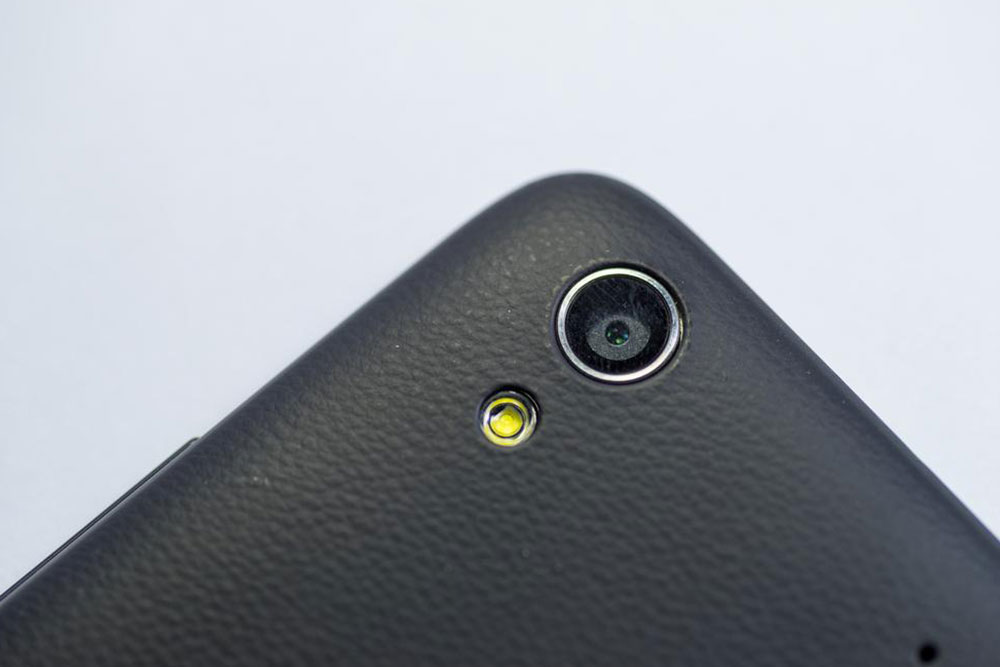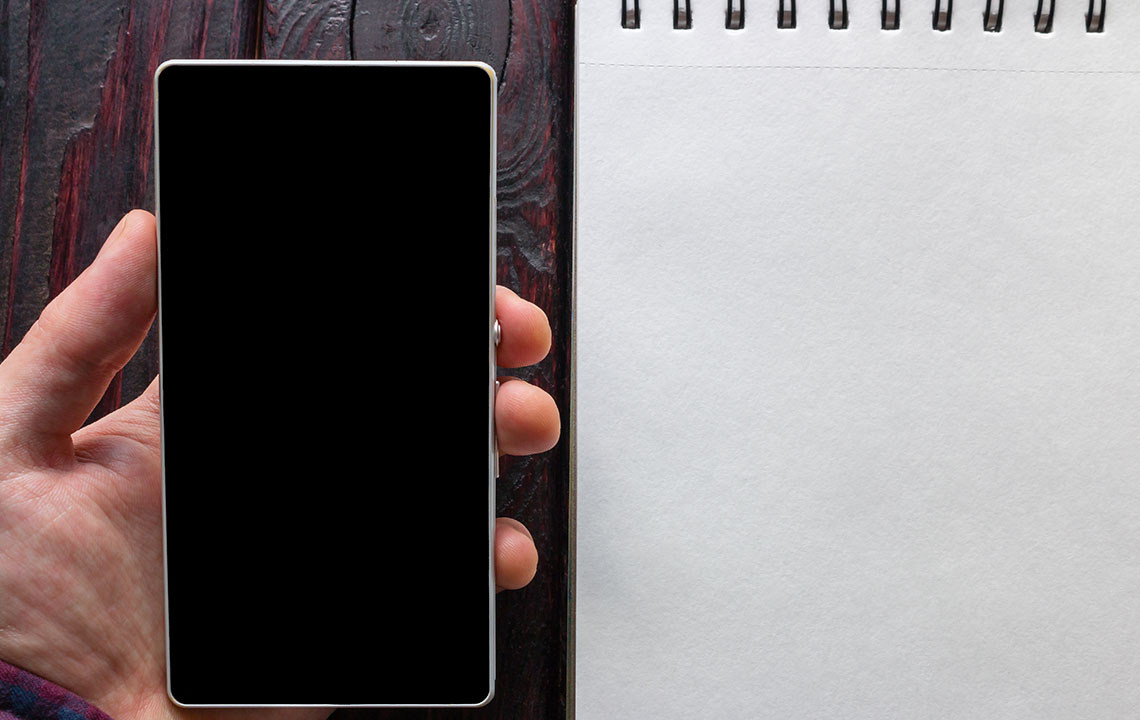Top 6 Smartphone Cameras of 2021: Comprehensive Guide to the Best Mobile Photography Devices
Discover the top smartphones of 2021 renowned for their outstanding camera capabilities. From high zoom to low-light performance, explore detailed reviews of the best devices for professional and casual photography. This comprehensive guide helps you choose the perfect phone to elevate your mobile photography game.

Exploring the Best Smartphone Cameras of 2021: A Detailed Review of Top 6 Devices
In recent years, mobile photography has revolutionized the way we capture and share moments, making the quality of a smartphone's camera a crucial factor when selecting a new device. The year 2021 introduced a variety of smartphones that push the boundaries of photography technology, offering users the ability to take professional-quality photos and videos with ease. From impressive zoom capabilities to outstanding low-light performance, these devices set new standards for mobile photography. This comprehensive guide reviews the top six smartphones of 2021 known for their exceptional camera features.
Samsung Galaxy S21 Ultra
The Samsung Galaxy S21 Ultra is renowned for its advanced zoom capabilities and high-resolution sensors. It features a sophisticated quad-camera setup, with two telephoto lenses offering 3x and 10x optical zoom. Its main sensor boasts an incredible 108MP resolution, allowing for ultra-detailed images. Coupled with laser autofocus and optical image stabilization, the Galaxy S21 Ultra ensures sharp, vibrant photos in various lighting conditions. Additionally, it supports 8K video recording at 24 frames per second,媒 making it a standout choice for content creators and photography enthusiasts alike. The device also sports a 40 MP front camera, capturing selfies with remarkable clarity and detail, perfect for social media sharing.
Apple iPhone 12 Pro Max
Designed for users seeking professional-grade photography, the iPhone 12 Pro Max combines a versatile triple-camera system with advanced computational photography. Its main wide-angle lens, complemented by an ultra-wide lens providing a 120-degree field of view, captures broad landscapes and group shots effortlessly. The 65mm telephoto lens offers 2.5x optical zoom, with digital zoom up to 12x, ensuring detailed close-ups without sacrificing quality. The large sensors enhance low-light performance, while the LiDAR scanner improves autofocus speed and depth perception in dim environments. This makes the iPhone 12 Pro Max particularly popular among professional photographers and videographers who demand high performance in a compact device.
Google Pixel 5
The Google Pixel 5 continues Google's reputation for delivering exceptional photography performance primarily through software optimization. It features an 8MP selfie camera along with a dual rear camera system consisting of a 12.2MP wide lens and a 16MP ultra-wide lens. The Pixel 5 excels in capturing vibrant, well-balanced photos with natural colors and excellent exposure control. Its software-driven image processing allows it to produce outstanding results, especially in challenging lighting conditions. Moreover, it supports 4K video recording, making it a favorite among users who prioritize simplicity and quality for everyday photography and vlogging.
OnePlus 9 Pro
The OnePlus 9 Pro stands out with its versatile camera array that combines a 48MP main sensor capable of recording 4K videos at 120 fps, offering crisp visuals and smooth motion. Its camera system includes a 16MP selfie camera, an 8MP telephoto lens with 3.3x optical zoom, a 50MP ultra-wide lens for expansive shots, and a 2MP monochrome sensor for special artistic effects. The device utilizes Hasselblad color calibration, ensuring accurate and vibrant color reproduction. Its advanced image stabilization and versatile shooting modes make it suitable for professional-level photography, capturing everything from detailed landscapes to cinematic videos.
Samsung Galaxy Note 20 Ultra
This flagship model is equipped with a 108MP main sensor, offering unparalleled detail and clarity. Its 12MP telephoto lens delivers 5x optical zoom, with digital zoom extending up to 50x, perfect for capturing distant subjects with precision. The Note 20 Ultra also supports 8K video recording, making it ideal for high-resolution videography. Its camera system is complemented by a super steady stabilization feature, ensuring smooth videos even in motion. This device appeals to professional photographers and videographers who require high-powered hardware combined with the productivity features of the Galaxy Note series.
Google Pixel 4a
Although more affordable, the Pixel 4a remains a reliable choice for straightforward photography needs. Its single 12.2MP rear camera performs exceptionally well in daylight and low-light conditions, capturing detailed, vibrant images. The device emphasizes software optimization, enabling impressive photo quality despite having fewer hardware components. It’s simple to use yet capable of producing professional-looking photos, making it ideal for casual photographers and those who prioritize ease of use without sacrificing quality.
In conclusion, 2021 proved to be an exciting year for smartphone photography. Whether it's the high-resolution zoom capabilities of the Samsung Galaxy S21 Ultra, the professional versatility of the iPhone 12 Pro Max, or the software-driven excellence of Google's Pixel series, these devices demonstrate the rapid advancements in mobile imaging technology. When choosing a smartphone based on camera features, consider your specific needs—be it professional photography, casual snapshots, or content creation—and select a device that best aligns with your preferences. As technology continues to evolve, future smartphones will undoubtedly offer even more innovative features to enhance your mobile photography experience.





